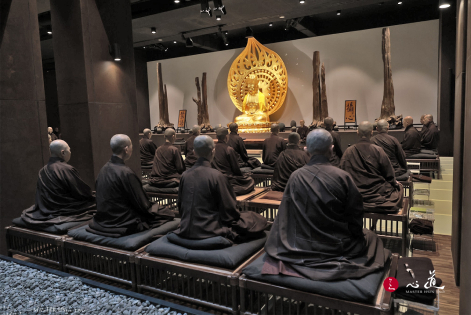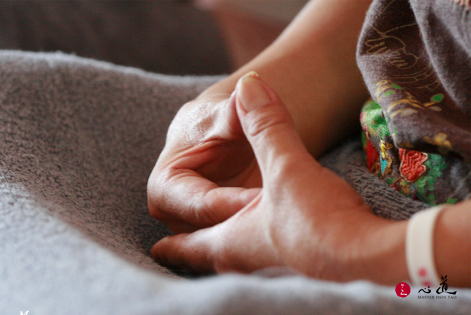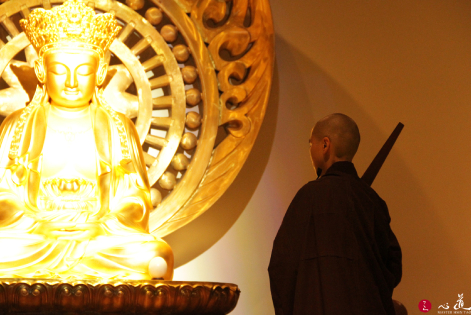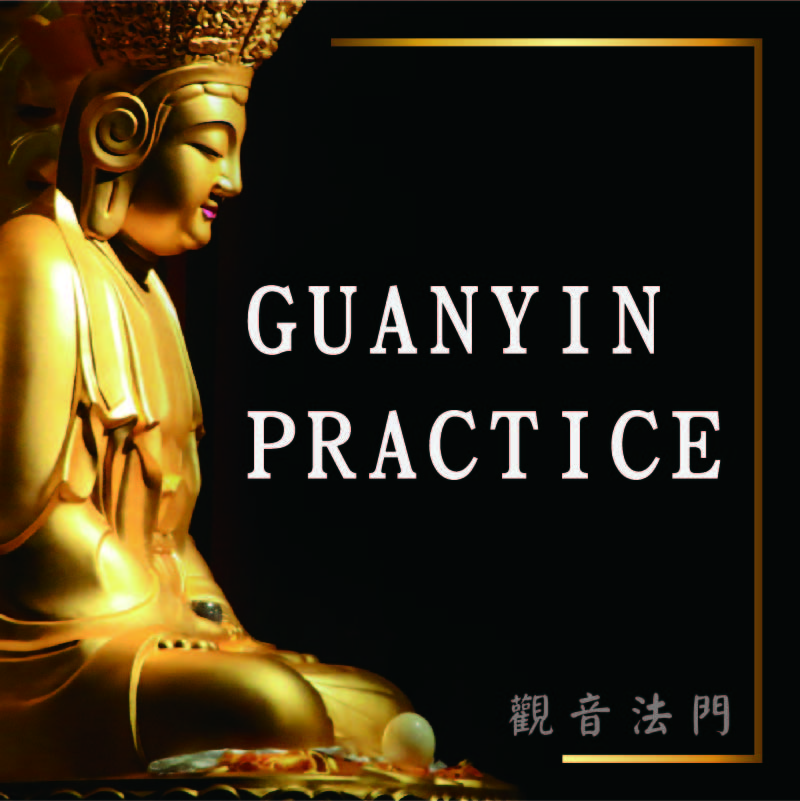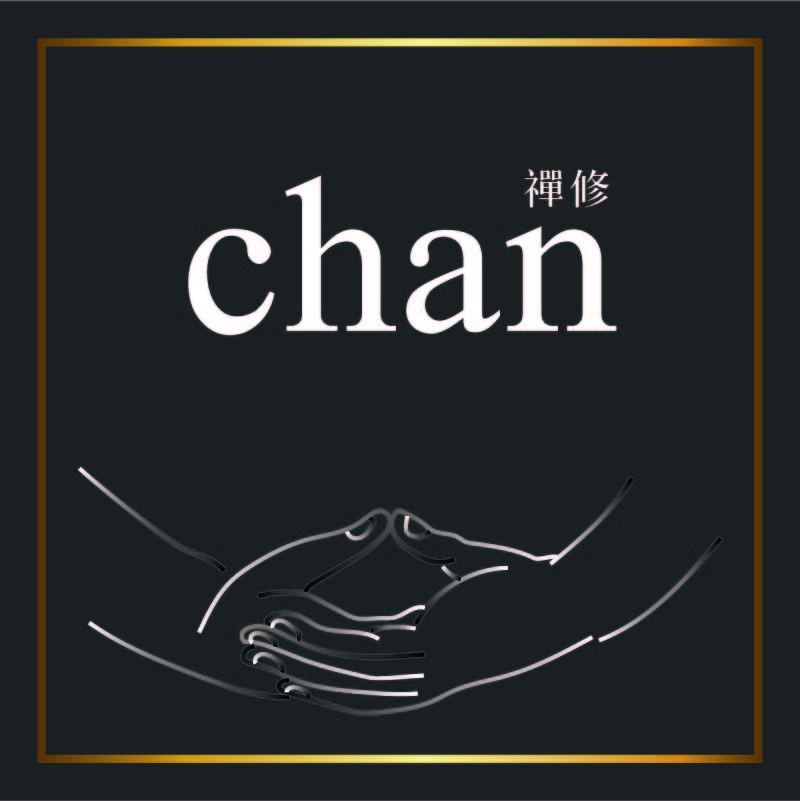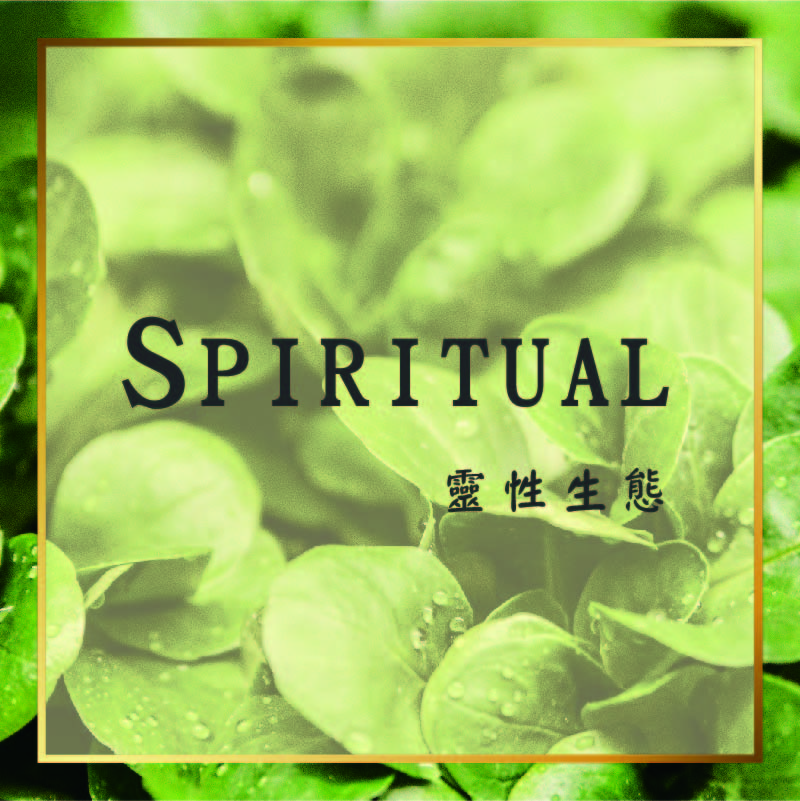
The Notionless Nature of Mind
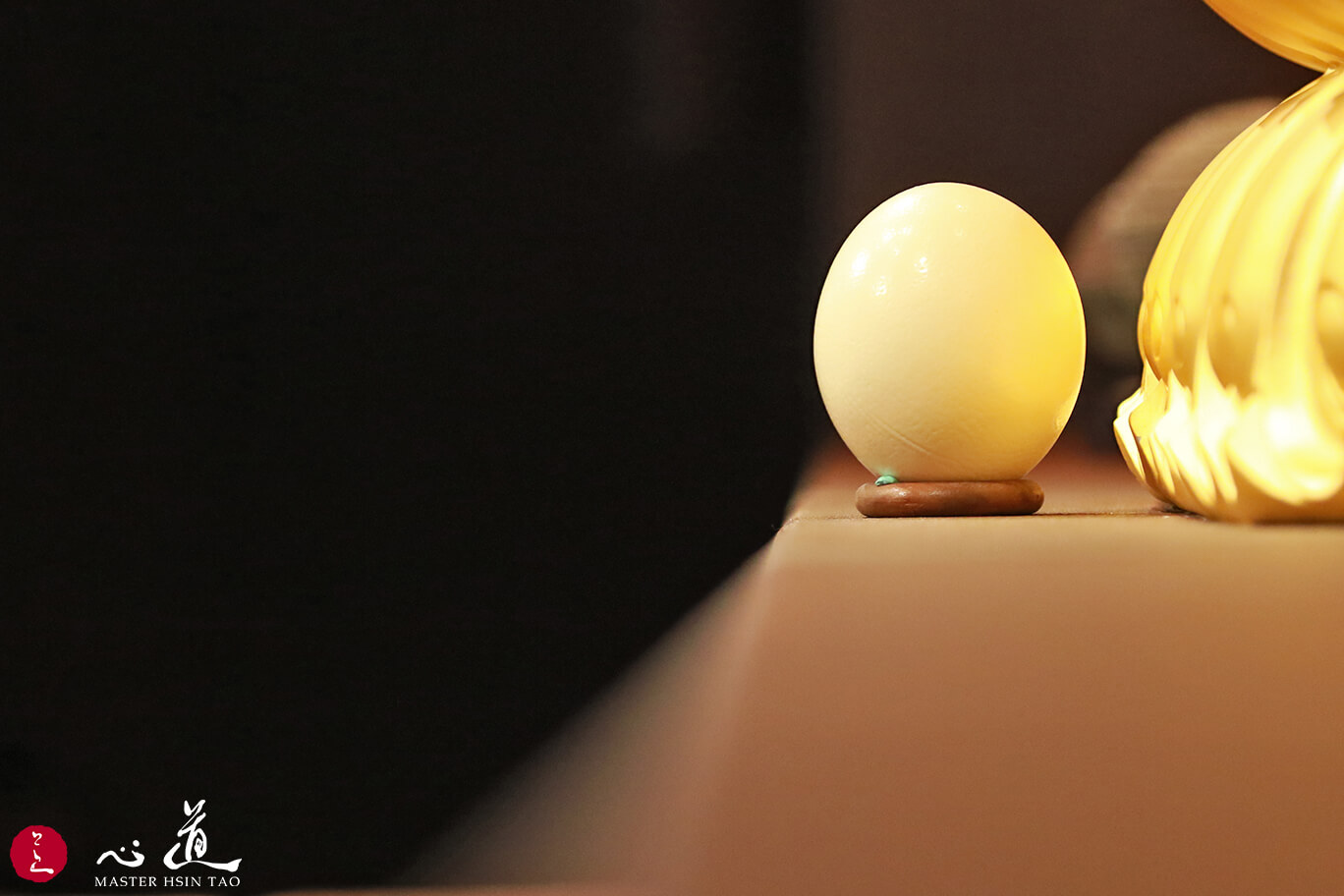 A retreat is a type of absorption. It gives us a chance for our chaotic mind to be calm and serene for a moment. The purpose of Dharma practice is to uncover our minds. Without the mind, there would be no more projections. Without the working of the mind, there’d be no Buddha and no sentient beings. As Buddhists, we should take the mind as our refuge. A retreat allows us to see the mind. Without exertion, we are not reciprocating the kindness of Buddha that we believe in.
A retreat is a type of absorption. It gives us a chance for our chaotic mind to be calm and serene for a moment. The purpose of Dharma practice is to uncover our minds. Without the mind, there would be no more projections. Without the working of the mind, there’d be no Buddha and no sentient beings. As Buddhists, we should take the mind as our refuge. A retreat allows us to see the mind. Without exertion, we are not reciprocating the kindness of Buddha that we believe in.
In Chan School, we talk about accomplishing Dharmakaya. The purpose of Chan practice is to the accomplishment of Dharmakaya. To attain it, we need to realize notionlessness. What is "notion"? Whatever our ears perceive, eyes perceive, nose perceives, mouth perceives, and tongue perceives – are notions. Yet, the purpose of Chan practice is to be free from notions.
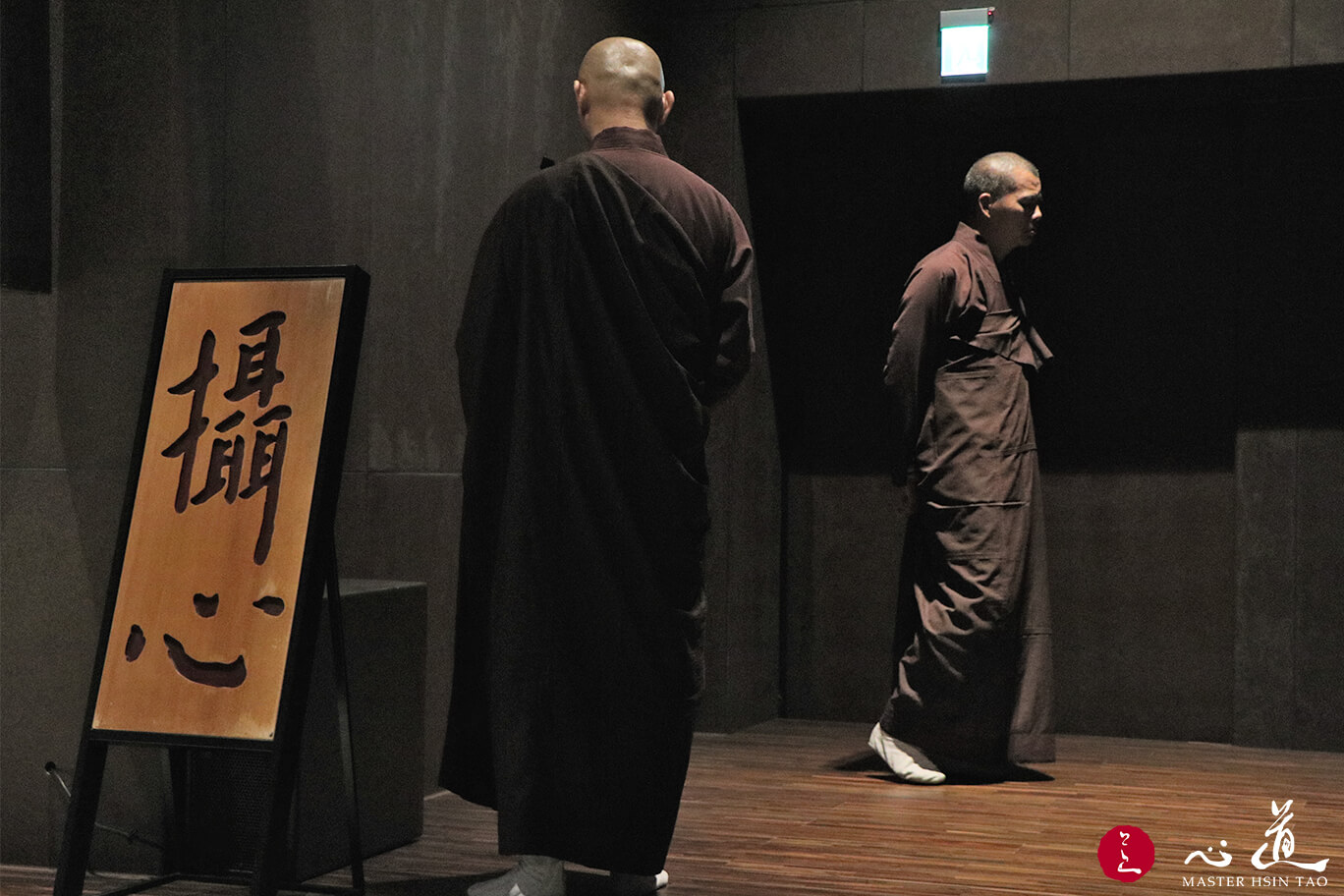 The Heart Sutra explains, “the five skandhas to be empty of nature”. Form, feeling, perceptions, mental formations, and consciousness. The five skandhas are the mastermind. Yet, we must see their illusory displays. The eyes, ears, nose, tongue, body are not Dharmakaya. We should not be fixated on these. Instead, we should stay away from all notions. Being notionless is to accomplish the Dharmakaya or the mind.
The Heart Sutra explains, “the five skandhas to be empty of nature”. Form, feeling, perceptions, mental formations, and consciousness. The five skandhas are the mastermind. Yet, we must see their illusory displays. The eyes, ears, nose, tongue, body are not Dharmakaya. We should not be fixated on these. Instead, we should stay away from all notions. Being notionless is to accomplish the Dharmakaya or the mind.
Here’s the transmission verse that the Buddha said, “I have the treasury of the true Dharma eye, the marvelous mind of Nirvana, the subtle dharma gate of the true form of the formless, not based on words and letters, transmitted separately from the teachings, always remember the truth of the Buddha’s teaching, and the greatest principle of common mortals realizing Buddhahood. Now I have entrusted this to Mahakashyapa.” This is the mind to mind transmission of Chan. How does the mind transmission work? It should be transmitted notionlessly. How? Not to fixate our minds with these notions. We need to remind ourselves to strive for the accomplishment of Dharmakaya. Do not struggle in phenomena, instead, we need to habituate ourselves in notionlessness.
Contemplate that "all conditioned dharmas are like a dream, an illusion, a bubble, a shadow” in life. This could remind us not to differentiate between “us” and “them”. Practice shamatha-vipashyana with that "all conditioned dharmas are like a dream, an illusion, a bubble, a shadow. Like dew and lightning.” With this contemplation, non-abidance, notionlessness, and thoughtlessness will arise. Lastly, one could accomplish Dharmakaya.
All the Chan practitioners must know that accomplishing Dharmakaya is to be free from notions. Then, what parts are gone? Karmic obstacles, afflictions, grudges, and more. These karmic causes and effects are the arising and ceasing of the mind.


